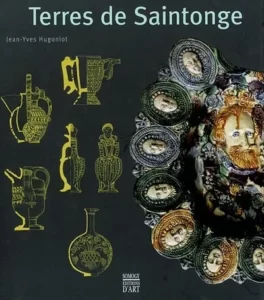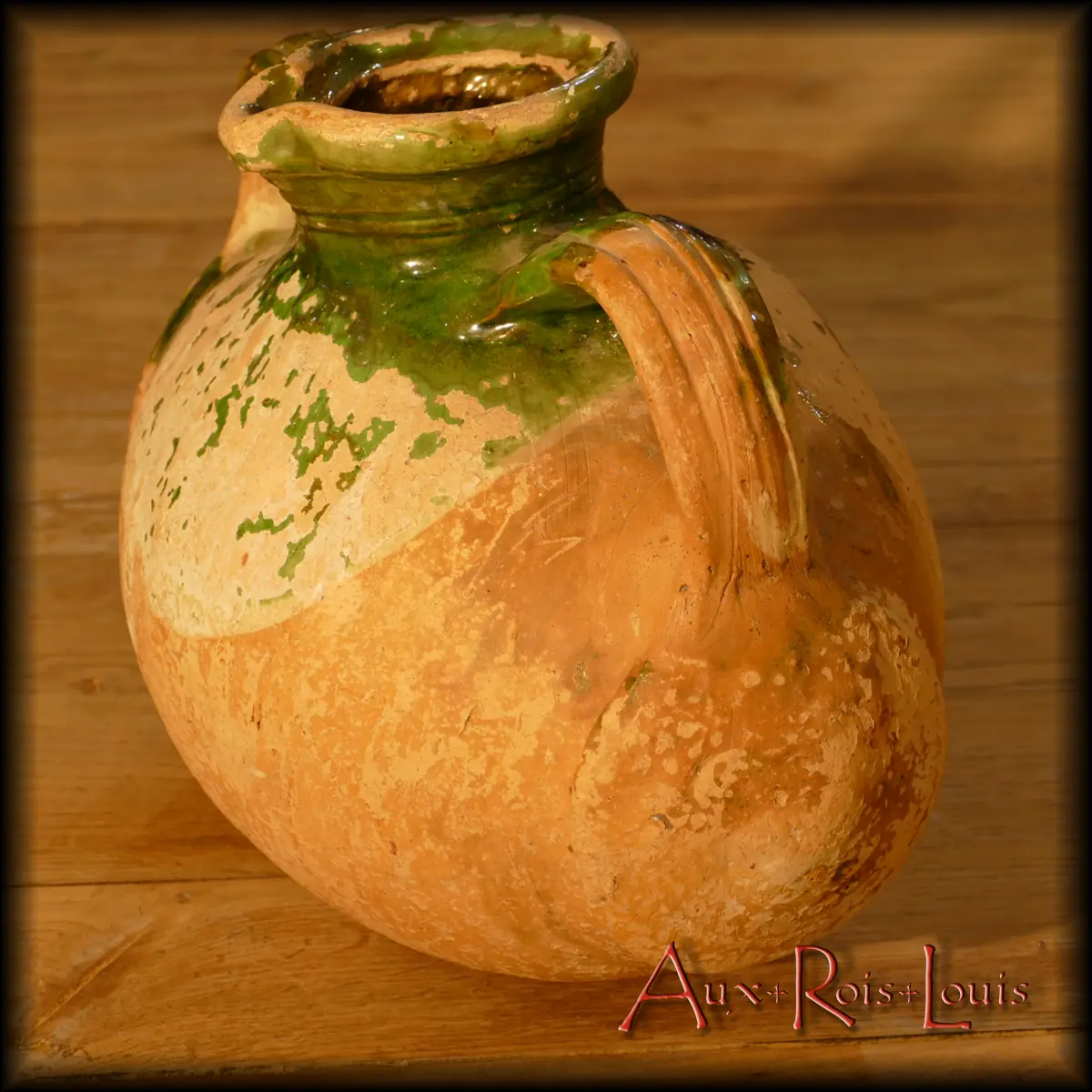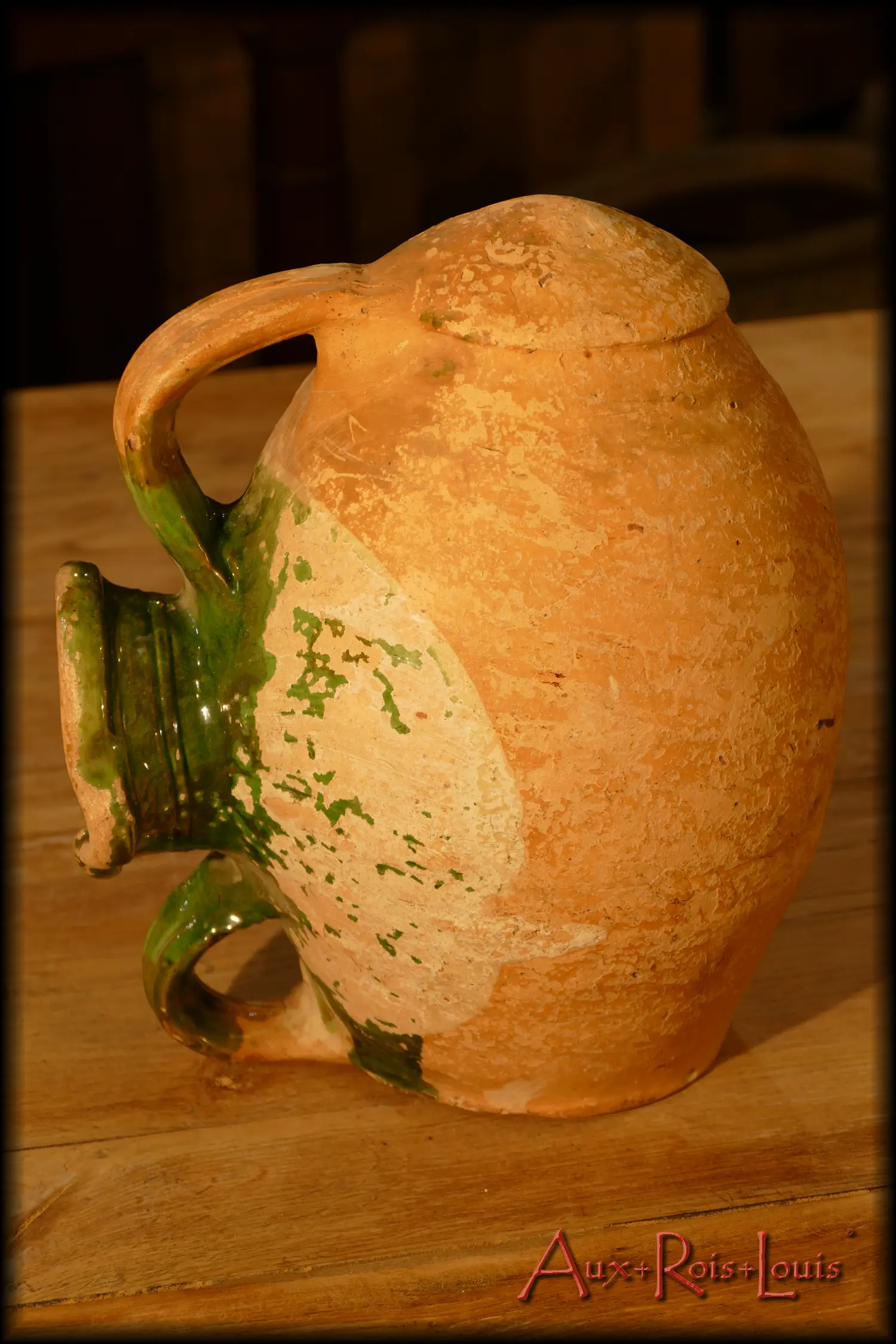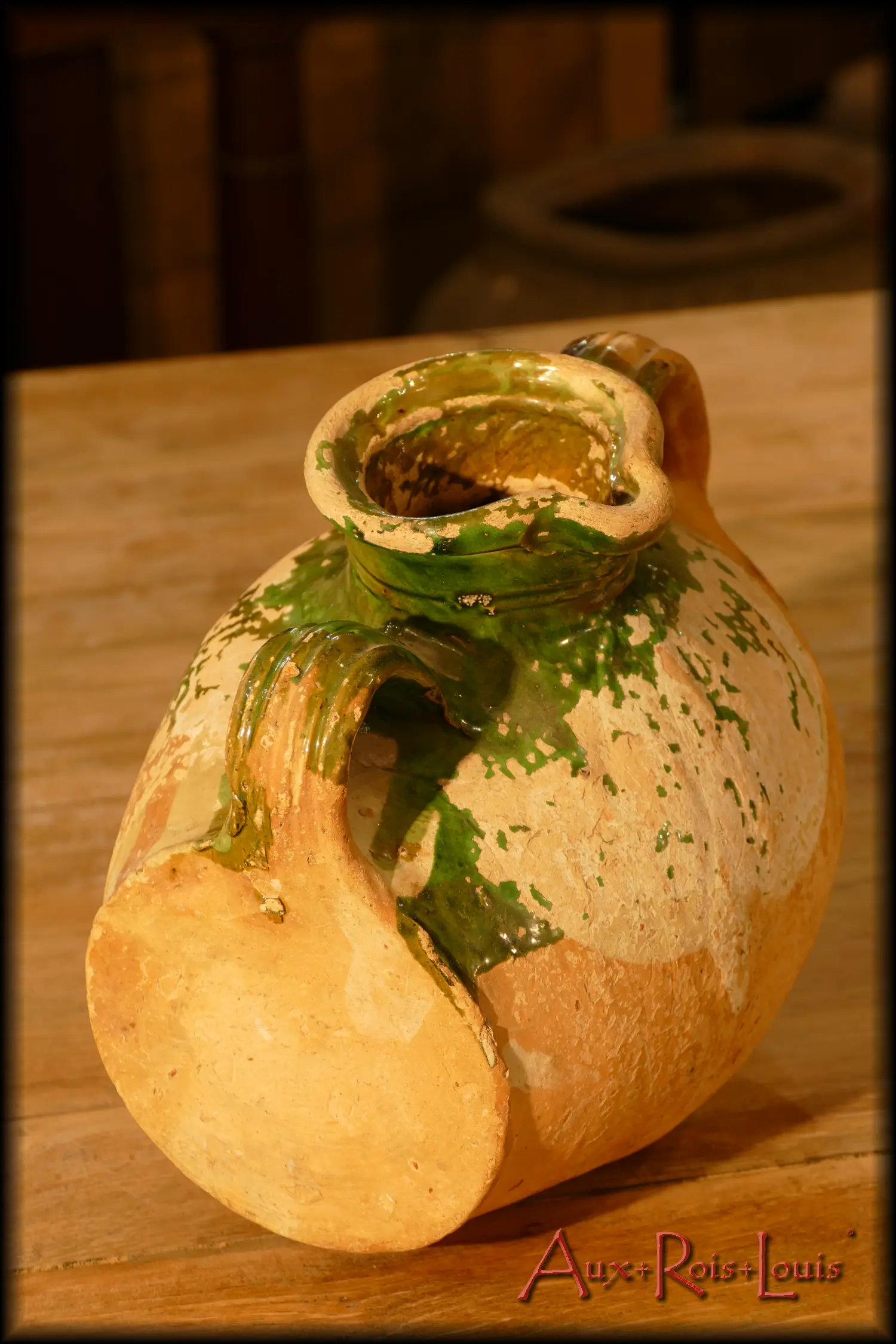
Ceramics in Saintonge, a Centuries-Old Craft
This work takes the reader on a journey into the world of earthenware pottery in Saintonge, a hub of creativity for 6,500 years. More than just an archaeological relic, ceramics reveal daily life from birth to the grave, acting as a true indicator of humanity’s technological evolution, tastes, and culture. From ceremonial pieces to culinary, domestic, and funerary pottery, ceramics bear witness to centuries of human rituals and communal living. The innovation of Neolithic potters will be succeeded by the production of construction materials such as bricks, tiles, and architectural elements in Gallo-Roman workshops. The virtuosity of medieval potters will later express itself in a Golden Age, with inventive forms and decorations that continue to influence contemporary ceramics.
Saintonge ceramics also shed light on population movements, trade exchanges, and artistic influences. Early on, potters knew how to travel and share their expertise, as exemplified by the brilliant enameler Bernard Palissy, whose research in Saintes inspired and influenced the entire world of ceramics. As a reference work with nearly 700 reproductions, “Terres de Saintonge: The Art of Pottery, 12th-19th Century” allows the discovery of the exceptional richness of this heritage, a result of the masterful skill of the fire artisans of the Saintonge pottery centers.
Glazed Terracotta Oil Barrel – 19th Century – Saintonge – [PA080]
This oil barrel comes from the renowned pottery center of La Chapelle-des-Pots, located in the former province of Charentes, known as Saintonge. Exclusively in Saintonge, from the Middle Ages onward, these barrel-shaped potteries were crafted using the beautiful local clay, reserving walnut oil for the lighting of each household. The master potters employed a specific method, building a vase-like form with a base on a wooden wheel, closing the top with a cork to achieve the barrel shape. The protruding belly was then adorned with a top opening, a tall, wide neck, and two handles on either side, covered with a green glaze typical of Saintonge. This glaze prevented the absorption of walnut oil when poured, thanks to the prior application of a liquid slip, or engobe, on the neck and handle bases to support the enamel.
Dimensions:
Width: 26 cm, Height: 22 cm, Diameter: 18 cm
Reference: [PA080]

![Glazed Terracotta Oil Barrel – 19th Century – Saintonge – [PA080] This oil barrel comes from the renowned pottery center of La Chapelle-des-Pots, located in the former province of Charentes, known as Saintonge. Exclusively in Saintonge, from the Middle Ages onward, these barrel-shaped potteries were crafted using the beautiful local clay, reserving walnut oil for the lighting of each household.](https://www.aux-rois-louis.com/wp-content/uploads/2023/11/PA080_P1670098-1200x600.webp)
![Glazed Terracotta Oil Barrel - 19th Century - Saintonge - [PA080] This oil barrel comes from the renowned pottery center of La Chapelle-des-Pots, located in the former province of Charentes, known as Saintonge. Exclusively in Saintonge, from the Middle Ages onward, these barrel-shaped potteries were crafted using the beautiful local clay, reserving walnut oil for the lighting of each household.](https://www.aux-rois-louis.com/wp-content/uploads/2023/11/PA080_P1670098.webp)


